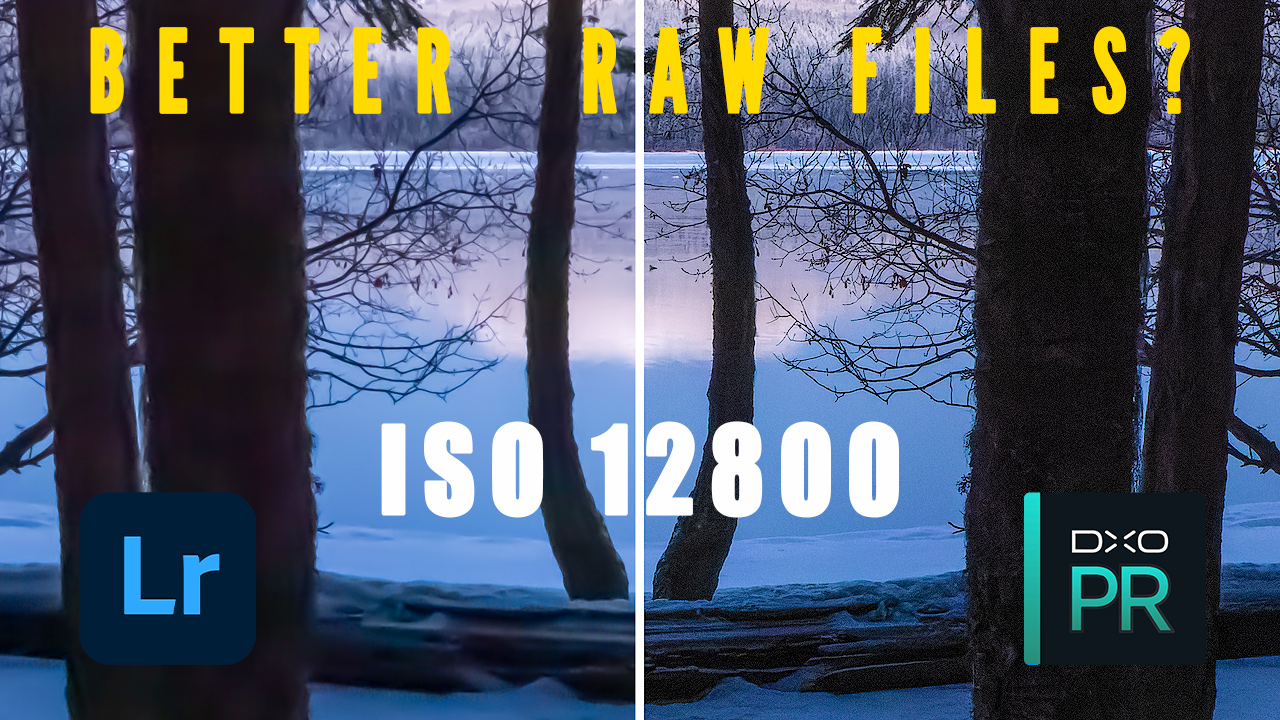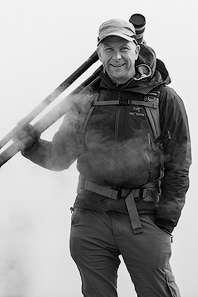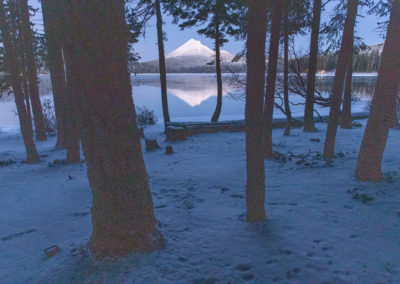
DxO recently released a new piece of software called PureRaw that I thought was worth giving a look. DxO did not ask me to review it and I paid full price for my copy of PureRaw.
The idea of creating enhanced raw files while maintaining a Lightroom and Photoshop-based workflow intrigued me so I wanted to check it out. PureRaw allows you to apply DxO’s noise removal and lens corrections to raw files without having to give up your favorite imaging software. I use Adobe Lightroom or Adobe Camera Raw to make my raw level adjustments and I like how smoothly Lightroom and Photoshop integrate. However, Adobe isn’t the best at all things.
DxO is known for excellent noise removal and lens correction capabilities but until now you needed to switch over to their full editing suite to access it. The new PureRaw app uses a super simple interface to apply DxO’s noise removal and lens correction algorithms while integrating with just about any other editing application, including Lightroom and Photoshop.
Because PureRaw imports original raw files and outputs new DNG raw files it allows us to apply DxO’s enhancements without sacrificing our raw workflow. According to DxO, the new “Deep Prime” DNG raw files should have just as much image information as the original so you can still make raw adjustments in Lightroom or Camera Raw as well as open them as raw smart objects in Photoshop.
You can watch my video if you’d like to see examples of what PureRAW is able to do.
In the video, you will see that for images taken with quality lenses at low ISO settings, using a camera with a lot of resolution and good noise performance, while PureRAW does a great job, very comparable results can be achieved using the lens correction, sharpening and noise reduction in Lightroom. If anything, PureRAW may oversharpen such files (although the proof would be how it looks in a print) and there is no control over the sharpening.
The real advantage comes from images taken with older cameras, softer lenses and/or higher ISO settings. When it comes to correcting significant noise, distortions and softness, PureRAW outperforms Lightroom and the bigger the issues become the better it does. I think it will give new life to some of my older images. I’m also excited by the thought that I will be able to create good quality handheld images in low light situations by combining the Canon EOS R5’s IBIS with stabilized lenses, higher ISO settings and PureRAW. People like Erin Babnik and Marc Adamus have talked about the creative benefits of photographing landscapes without a tripod and I think this will help enable that.
If you would like to compare yourself, you can download the original raw and the PureRAW DNG for this ISO 12800 image.
While other applications, such as Topaz or Capture One are also good with noise reduction and lens corrections, the fact that PureRAW maintains a raw workflow and allows me to continue working with Lightroom and Photoshop are game-changers.
As you will see in the video, I point out the lack of sharpening control, exposure and color shifts and the steep price ($90 intro price/ $129 full price) as critiques. But the ability to create better quality raw files outweighs those concerns for me.
If you have any thoughts or questions about DxO PureRAW, please leave a comment below.

Sean is an outdoor photographer, digital image developing enthusiast and photography educator based in Ashland, Oregon, where he resides with his wife and two sons. His previous career as a science teacher makes photography education a good fit. Sean teams up with fellow Photo Cascadia members leading workshops. He also teaches digital image developing classes, lectures and offers a series of Photoshop video tutorials.
More posts by Sean Visit Sean’s Image Gallery Visit Sean’s Website




Recent Comments